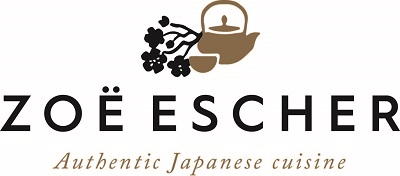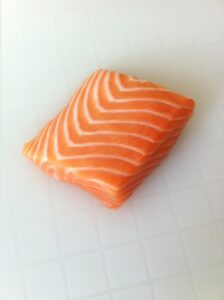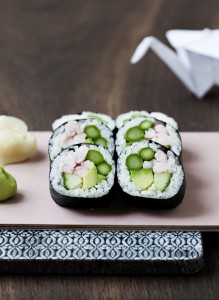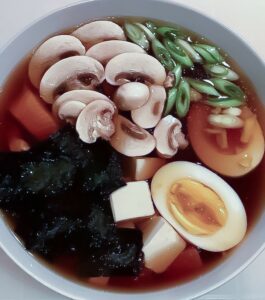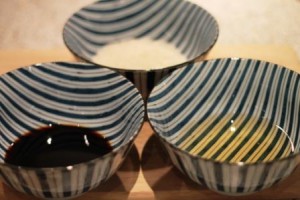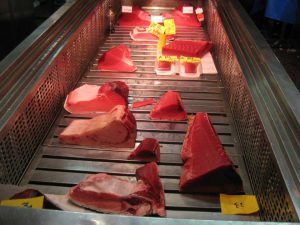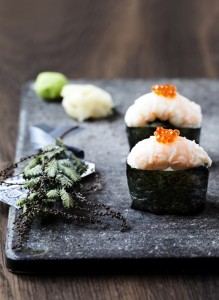
Most people enjoy pickled ginger when eating sushi. It is on most sushi plate.
In Japan, ginger is included in Japanese cuisine, as is salt and pepper in Danish cuisine.
Many thousands of years ago, the Japanese began pickling ginger. At that time, refrigerators did not exist and, it was the best way to retain vitamins and extend shelf life.
The purpose of pickled ginger for sushi is to clean the mouth between the sushi pieces. It happens completely automatically when you eat ginger the powerful and spicy taste to tease the senses and leave the mouth ready to enjoy the next piece of sushi.
But, it is not a “must” to eat ginger between the sushi pieces.
Read more about Sushi course for beginners
_
Zoë has lectured and held sushi courses for A. P. Moller – Maersk, Hugo Boss Nordic, Novo Nordisk, Novartis, Velux, Gorrissen Federspiel, Beierholm revision, Elbek & Vejrup and many more.
